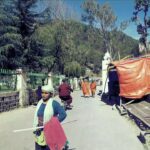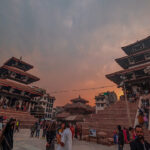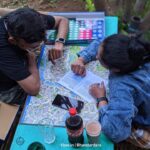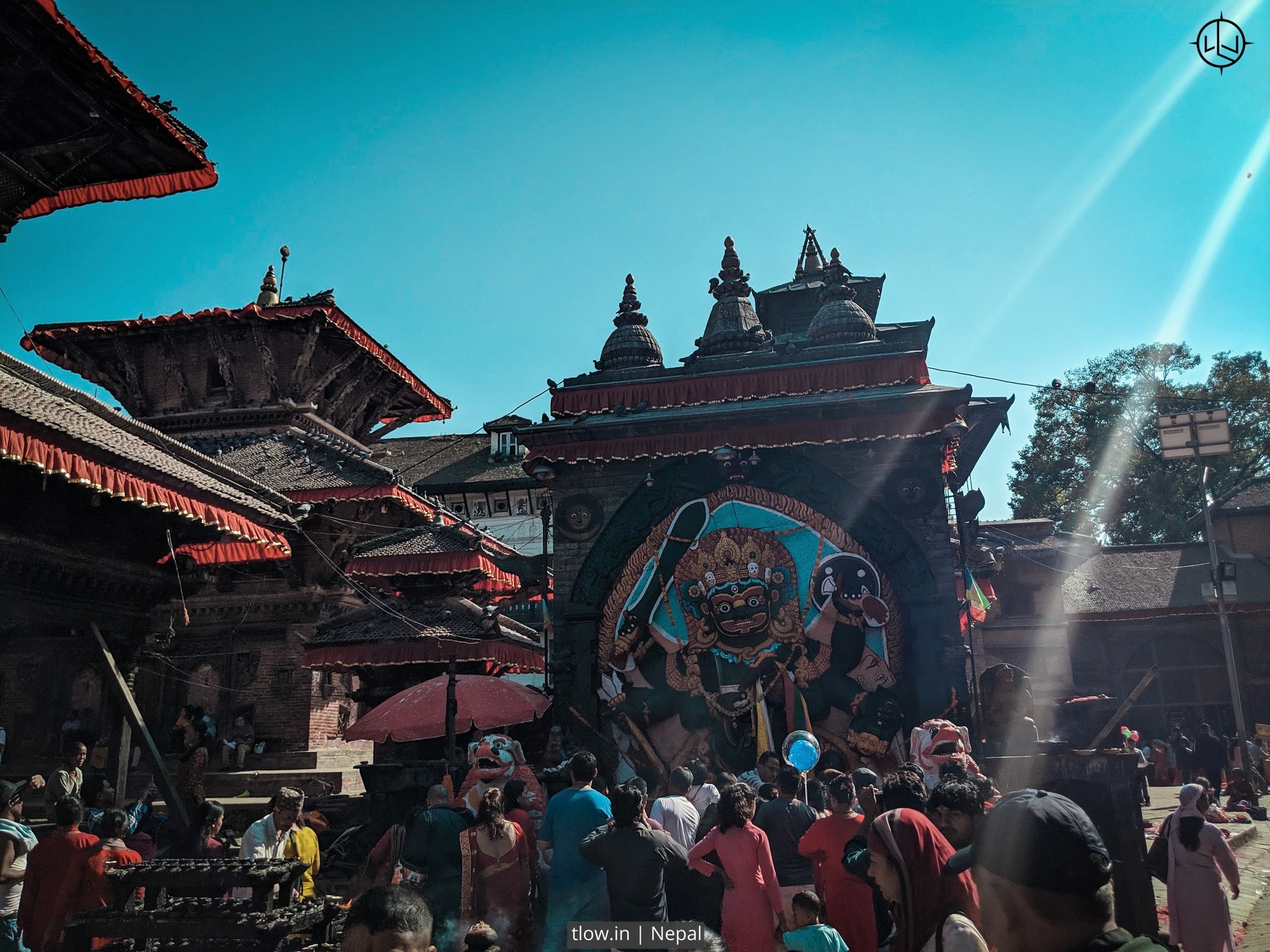
Nepal backpacking: Do’s & Don’ts
When you’re planning a backpacking trip to Nepal it’s important to know what’s possible and what’s not. But at the same time, it’s even more important to know the do’s and don’ts of the country. We have listed below what we feel are the most important to keep in mind while backpacking and travelling around Nepal.
Table of Contents
Do’s:
1. Obtain the necessary permits:
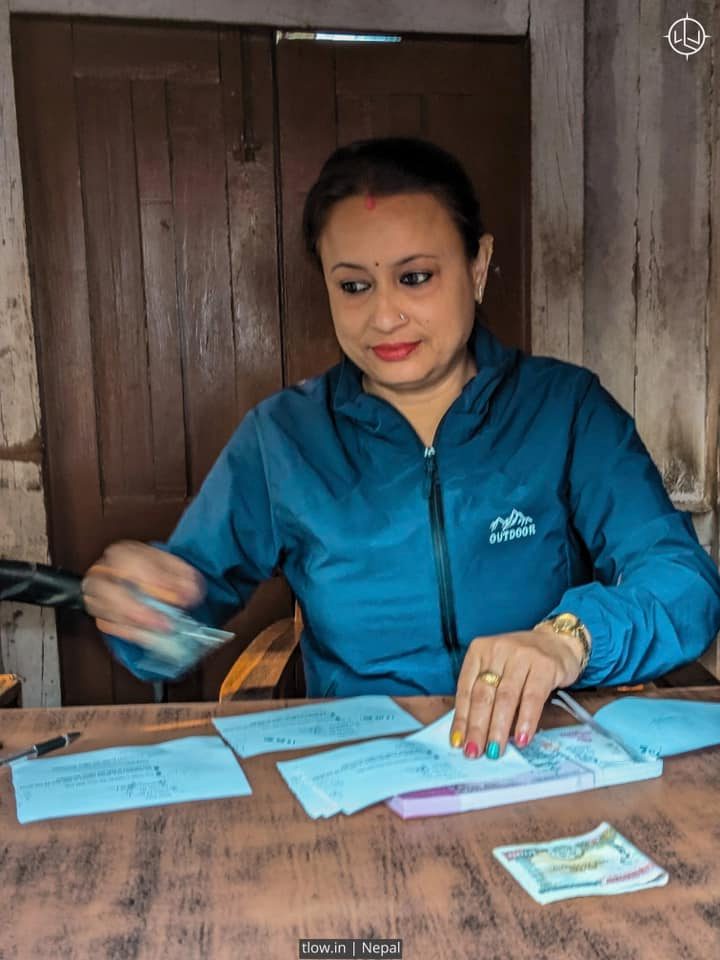
Make sure to acquire all the required permits, such as the TIMS (Trekkers’ Information Management System) card and the Annapurna Conservation Area Permit, depending on the region you plan to visit. These permits help ensure your safety and allow you to access protected areas.
2. Respect the local culture and customs:

Nepal has a rich cultural heritage, so it’s important to be respectful towards the local traditions and customs. Dress modestly, especially when visiting temples and religious sites. Remove your shoes before entering sacred places and seek permission before taking photographs of locals.
3. Be prepared for altitude sickness:
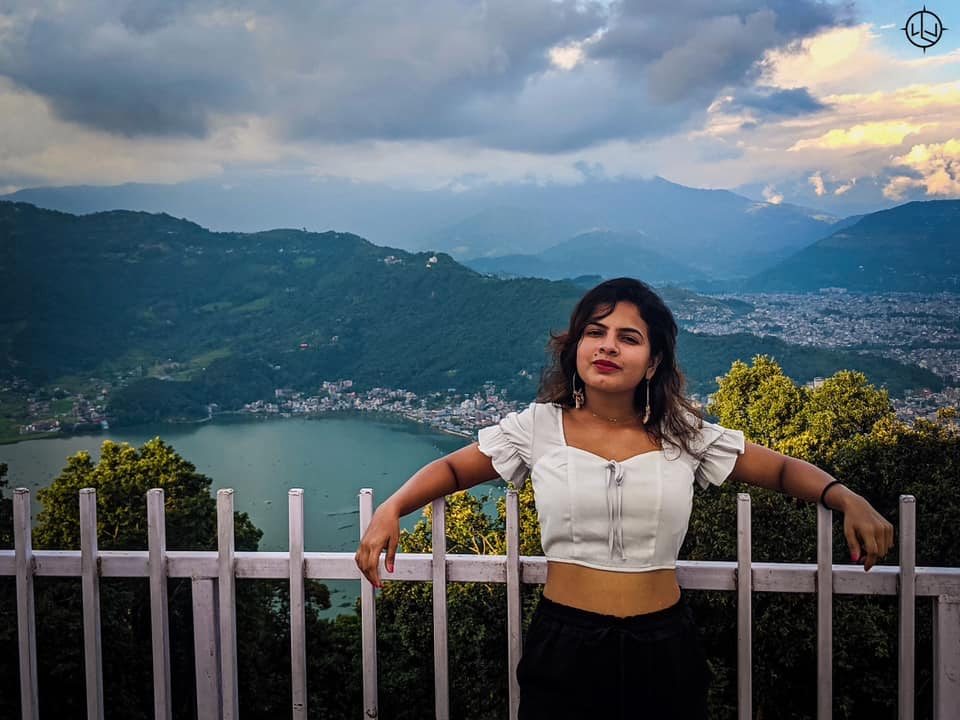
If you are planning to trek in the higher altitudes of Nepal, it’s essential to acclimatise properly to avoid altitude sickness. Ascend gradually, drink plenty of water, and keep yourself adequately nourished. Familiarise yourself with the symptoms of altitude sickness and be prepared to take necessary precautions.
4. Pack essential trekking gear:

Make sure to pack appropriate trekking gear, including sturdy trekking boots, warm clothing layers, a good quality backpack, a reliable sleeping bag, and a first aid kit. Depending on the season and the region you plan to visit, you may also need additional equipment like crampons, ice axes, or trekking poles.
5. Stay hydrated:
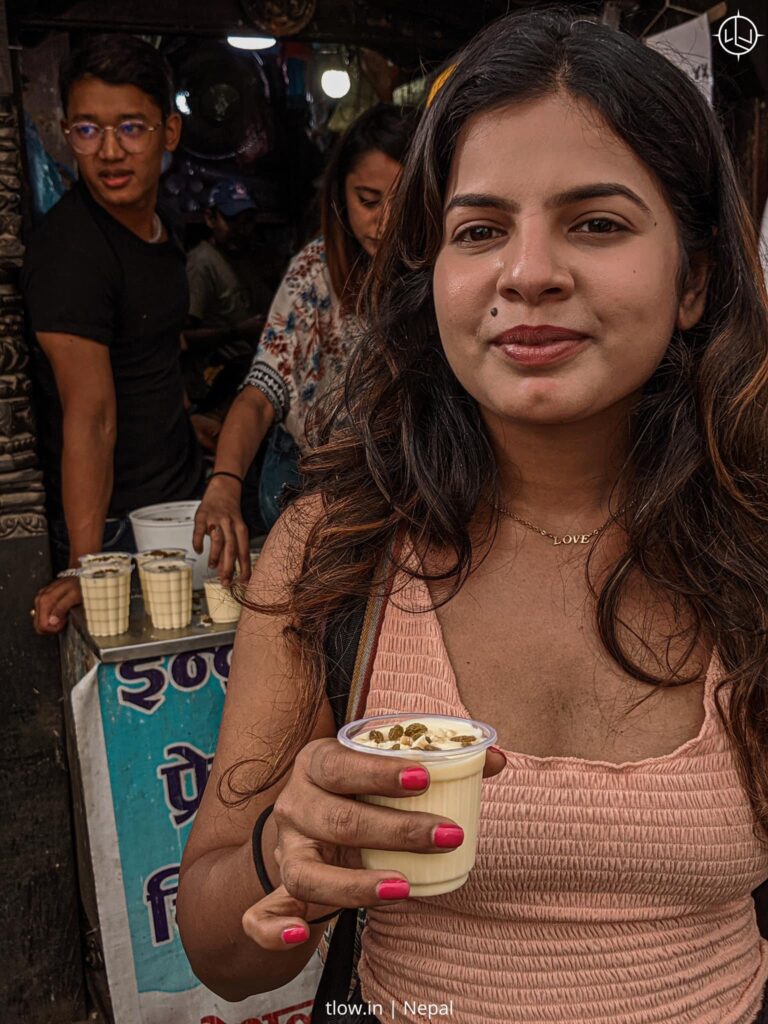
It’s important to drink plenty of water while trekking to avoid dehydration. Carry a reusable water bottle and use water purification tablets or filters to ensure the water you consume is safe.
Don’ts:
1. Don’t litter:
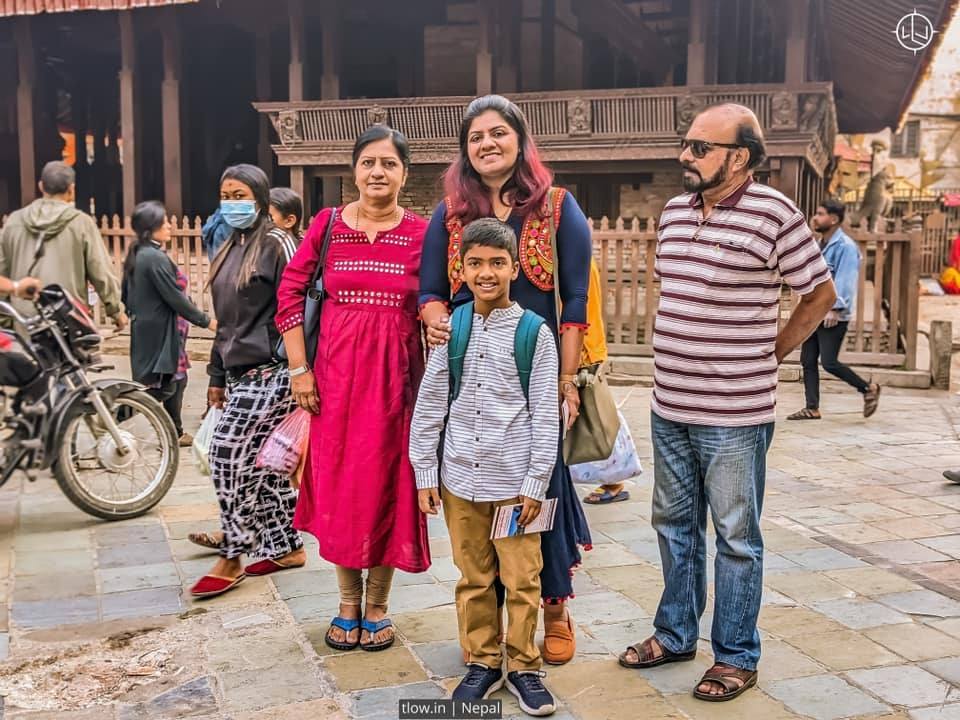
Nepal’s natural beauty is one of its biggest draws, so it’s important to keep it clean. Always dispose of your waste properly and avoid leaving any litter behind. Carry a small bag to collect your trash and dispose of it responsibly.
2. Don’t disrespect wildlife:
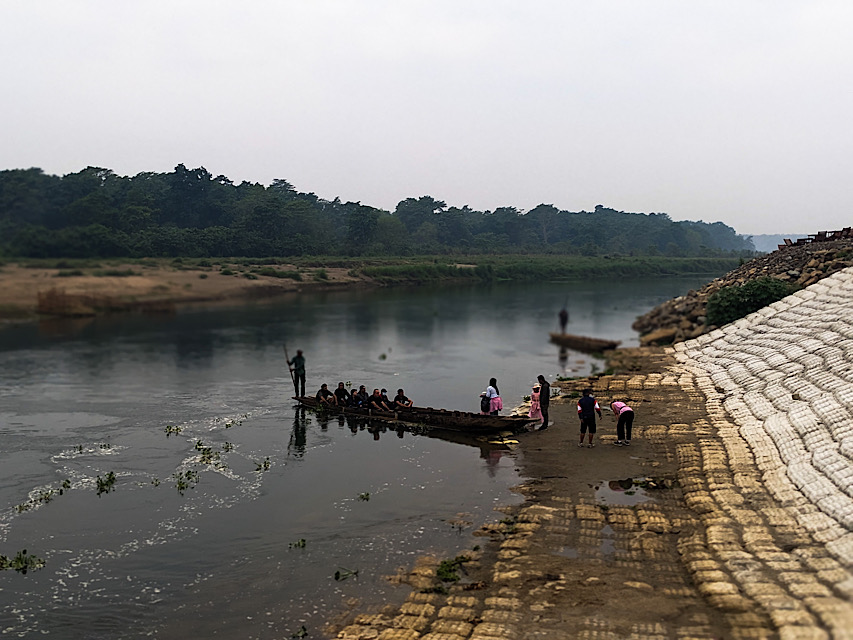
Nepal is home to diverse flora and fauna, including endangered species. Avoid disturbing the wildlife, do not pick plants or flowers, and do not feed or touch the animals you come across. Maintain a respectful distance and observe them from a safe distance.
3. Don’t give money or gifts to children begging:
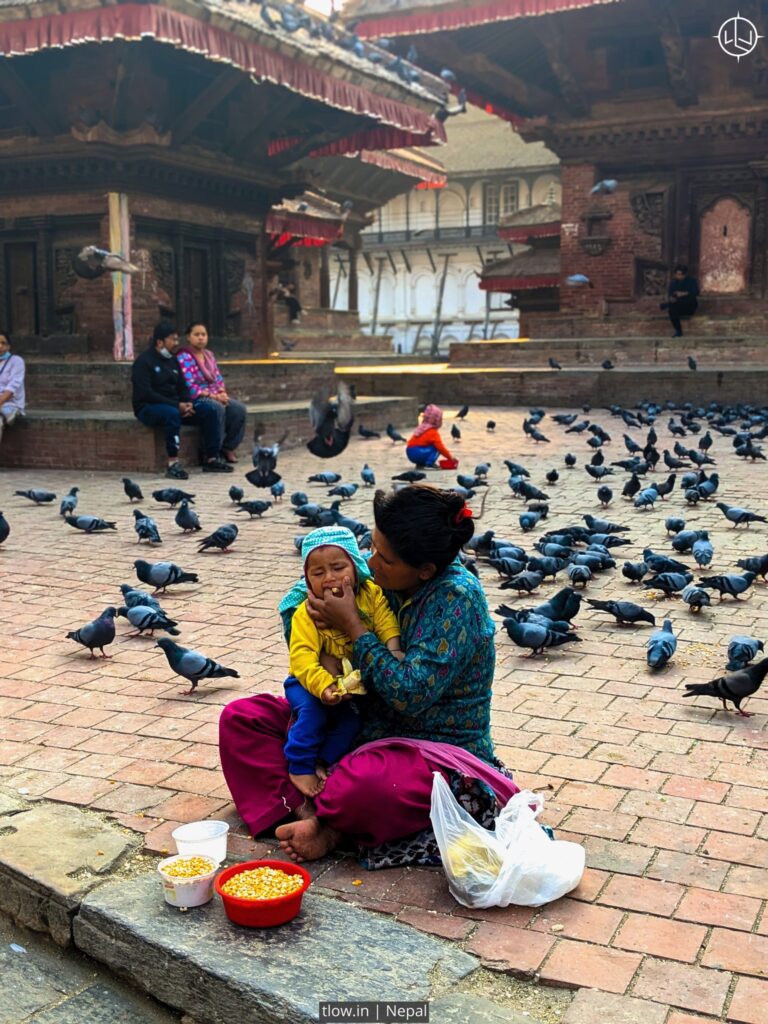
Unfortunately, child exploitation and forced begging can be an issue in some parts of Nepal. Instead of giving money or gifts directly to children, support local organisations or initiatives that work towards their welfare and education.
4. Don’t undertake treks without proper preparation:
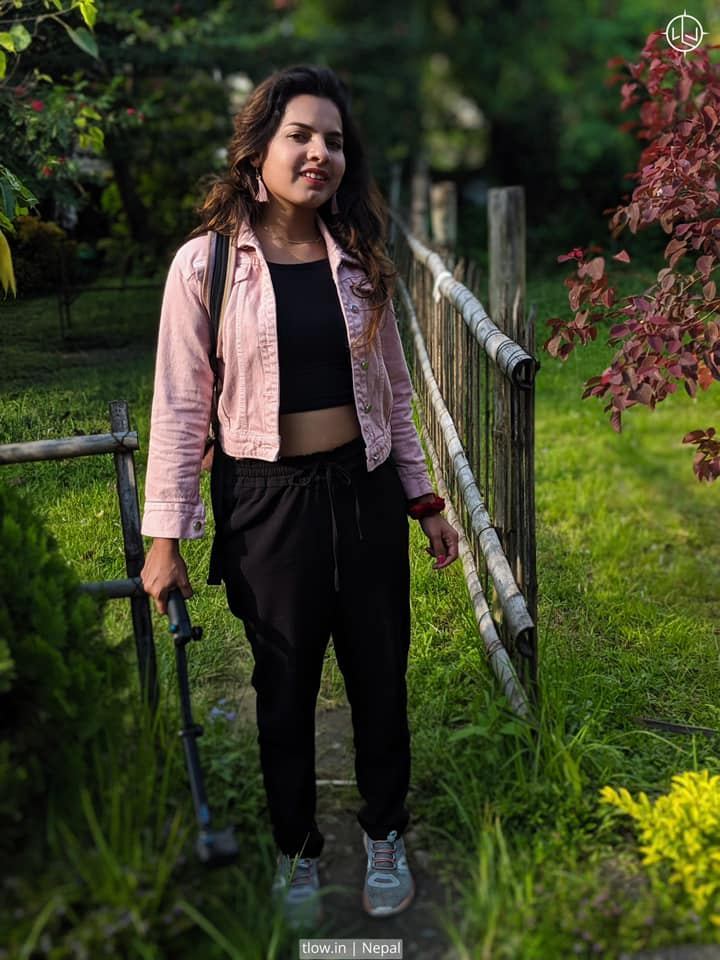
Trekking in Nepal’s Himalayan regions can be physically demanding and challenging. Make sure you are adequately prepared both physically and mentally. Train yourself in advance, familiarise yourself with the route, and don’t hesitate to hire an experienced guide or porter if needed.
5. Don’t disrespect sacred sites:
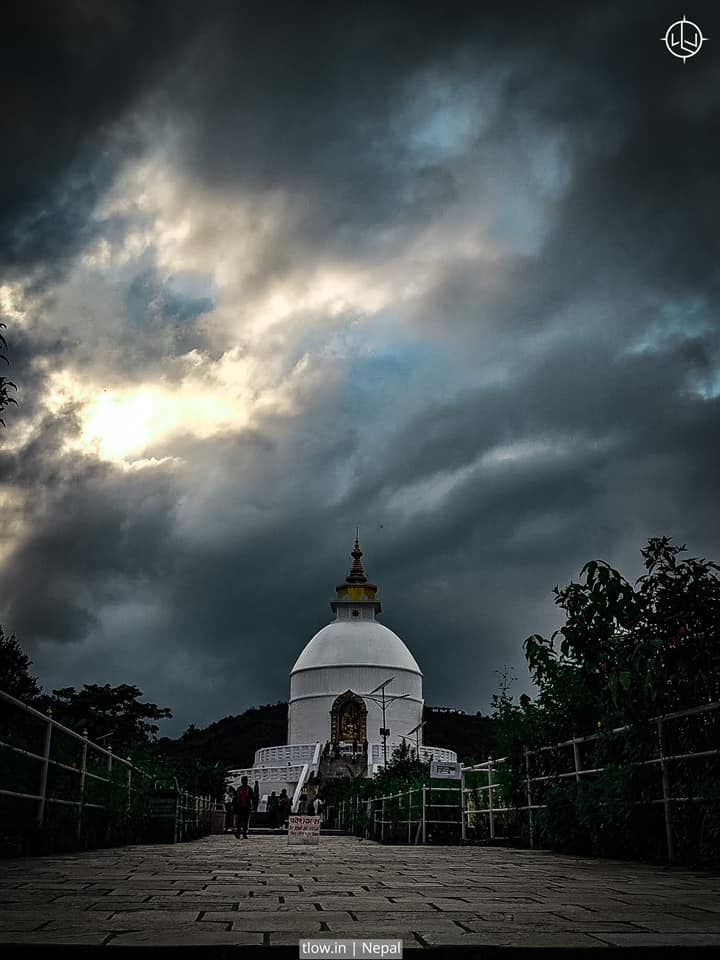
Nepal has numerous sacred sites, temples, and monasteries that hold religious and cultural significance. Be respectful when visiting these places, follow any rules or restrictions that may be in place, and avoid touching or damaging any religious artefacts or structures.
By following these do’s and don’ts, you can have a safe and fulfilling backpacking experience in Nepal, immersing yourself in its natural beauty and cultural heritage.

